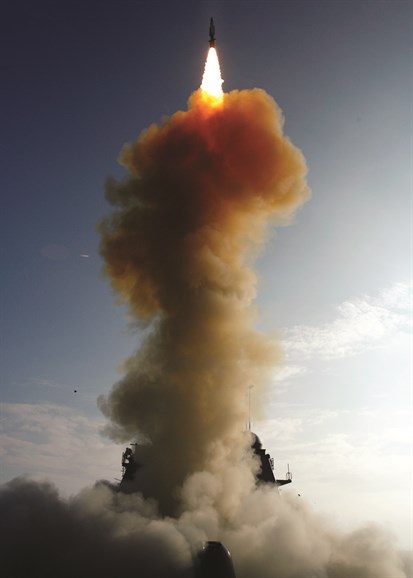Strategic Stability and Space
The military use of space includes the use of spacecraft designed to support terrestrial military and intelligence operations, such as global positioning systems (GPS), communications, intelligence, reconnaissance, and surveillance satellites. While useful, these space technologies are generally agreed to have many peaceful applications and play an increasingly important role in both national and international security.
However, as more countries integrate space into their national military capabilities and rely on space-based information for national security, there is an increased chance that any interference with satellites could spark or escalate tensions and conflict in space or on Earth. This is made all the more difficult by the challenge of determining the exact cause of a satellite malfunction: whether it was due to a space weather event, impact by space debris, unintentional interference, or deliberate aggression.
Some states are developing or have developed a range of ASAT capabilities, including ground and space-based weapons, that could be used to deceive, disrupt, deny, degrade, or destroy elements of space systems. Developing and testing ASAT capabilities would likely undermine political and strategic stability, especially without clarity of intent. Further, testing or using debris-generating weapons could contaminate the orbital environment for decades to centuries, significantly affecting all space actors and severely undermining the long-term sustainability of space.
It is very difficult to ban the technologies used to conduct hostile activities since many of them are also used for peaceful purposes, a characteristic called "dual-use." Verification of the existence of ASAT capabilities or attributing their use is also very challenging. Thus, an important step forward in addressing these challenges is the development of norms of behavior that delineate responsible and irresponsible activities in space. Improved SSA for all actors to enable the detection and attribution of irresponsible behavior is also essential. TCBMs, such as clarification of existing international law applicable to satellites and outer space, can also increase strategic stability and security.
Destruction of USA 193 - February 21, 2008
- The U.S. government assessed that one of its military satellites, USA 193, contained a large amount of frozen, toxic material as a result of an on-orbit failure that posed a threat to the Earth if allowed to re-enter the atmosphere intact
- The U.S. military destroyed USA 193 using a modified SM-3 missile defense interceptor launched from an Aegis warship. 175 pieces of orbital debris were cataloged from the breakup, all of which re-entered the atmosphere within several months
- Although the destruction of USA 193 did not create long-lived orbital debris, it had significant geopolitical repercussions that could have unintended future consequences
 An SM-3 missile launched from a U.S. Aegis warship, courtesy U.S. Navy
An SM-3 missile launched from a U.S. Aegis warship, courtesy U.S. Navy

 Share
Share